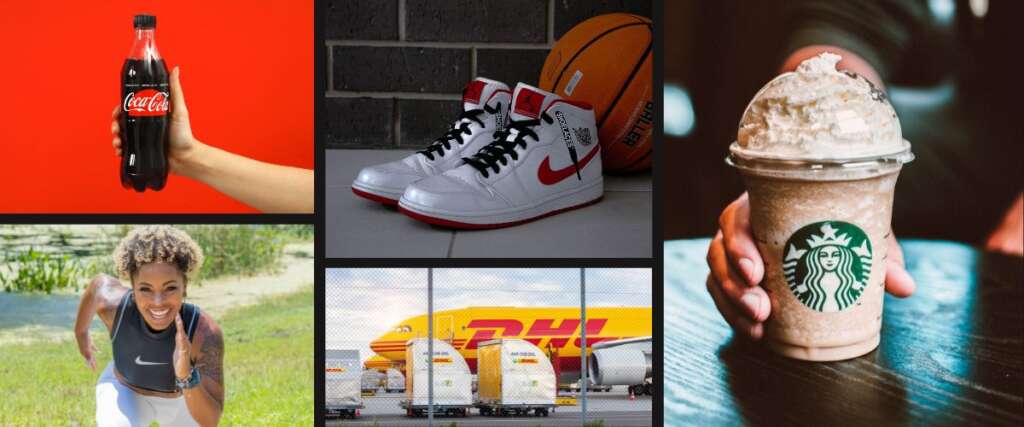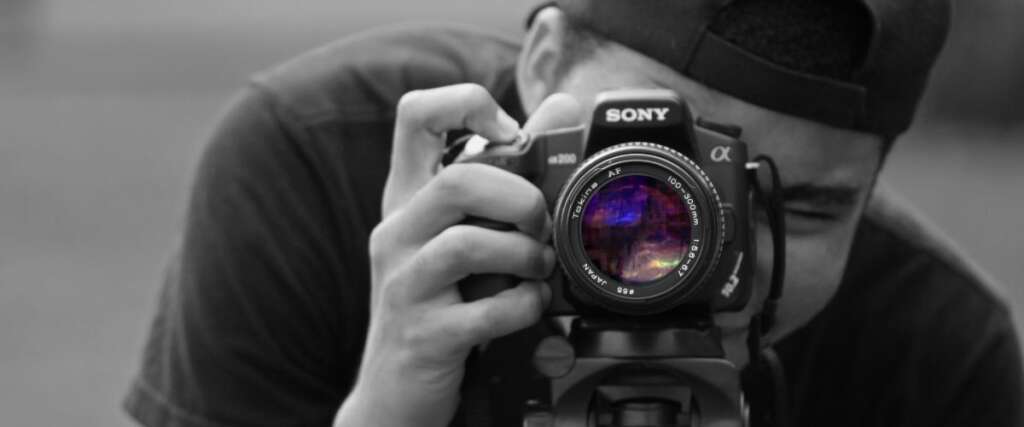Introduction:
Brand archetypes are a powerful tool for building a brand that resonates with your audience and stands out from the competition. By tapping into the collective unconscious and using archetypal imagery, symbols, and themes, brands can create a deep emotional connection with their customers and build a sense of loyalty and trust. In this article, we’ll explore what brand archetypes are, how they work, and how you can use them to create a memorable and authentic brand that speaks to your audience.
What are Brand Archetypes?
Brand archetypes are universal, symbolic characters or personas that represent different aspects of the human experience. They are drawn from the collective unconscious, a term coined by psychologist Carl Jung to describe the shared memories and experiences that all humans inherit. There are 12 primary archetypes that are commonly used in branding, including the Innocent, the Explorer, the Sage, the Hero, the Outlaw, the Magician, the Regular Guy/Girl, the Lover, the Jester, the Caregiver, the Ruler, and the Creator.
How Do Brand Archetypes Work?
Brand archetypes work by tapping into the deep-seated desires, fears, and aspirations that are common to all humans. By aligning a brand with a specific archetype, it can evoke a certain set of emotions and associations in the minds of customers. For example, a brand that embodies the Innocent archetype may be associated with purity, simplicity, and nostalgia, while a brand that embodies the Outlaw archetype may be associated with rebellion, independence, and nonconformity.
How to Use Brand Archetypes in Your Branding
To use brand archetypes effectively in your branding, you’ll need to first identify which archetype best aligns with your brand values, personality, and mission. This involves a deep understanding of your audience and what motivates them, as well as an analysis of your competitors and how they are using archetypes in their branding.
Once you’ve identified your brand archetype, you can begin to incorporate archetypal imagery, symbols, and themes into your branding. This can include using specific colors, fonts, and visual elements that are associated with your archetype, as well as incorporating storytelling and messaging that aligns with your archetype’s core values.
Examples of Successful Brands Harnessing Brand Archetypes
- Apple – The Creator Apple embodies the Creator archetype, with a focus on innovation, design, and pushing the boundaries of what’s possible. Its products are designed to inspire creativity and empower individuals to express their unique visions.
- Nike – The Hero Nike embodies the Hero archetype, with a focus on empowerment, courage, and achieving greatness. Its marketing campaigns often feature stories of ordinary people who overcome obstacles and achieve their goals through the power of sports and athleticism.
- Coca-Cola – The Innocent Coca-Cola embodies the Innocent archetype, with a focus on happiness, joy, and nostalgia. Its branding often features images of smiling, carefree people enjoying a Coke, evoking a sense of simplicity and purity.
- Harley-Davidson – The Outlaw Harley-Davidson embodies the Outlaw archetype, with a focus on rebellion, freedom, and individuality. Its branding often features images of rugged, independent bikers living life on their own terms.
The main brand archetypes
- The Innocent: The Innocent archetype represents purity, simplicity, and nostalgia. Brands that embody the Innocent archetype often focus on creating a sense of comfort and familiarity. Examples of brands that embody the Innocent archetype include Coca-Cola, Innocent Smoothies, and Disney.
- The Explorer: The Explorer archetype represents freedom, adventure, and discovery. Brands that embody the Explorer archetype often focus on promoting experiences and pushing boundaries. Examples of brands that embody the Explorer archetype include National Geographic, Jeep, and REI.
- The Sage: The Sage archetype represents wisdom, knowledge, and introspection. Brands that embody the Sage archetype often focus on promoting education and self-discovery. Examples of brands that embody the Sage archetype include TED Talks, The New York Times, and The Economist.
- The Hero: The Hero archetype represents bravery, courage, and achievement. Brands that embody the Hero archetype often focus on empowering individuals to overcome obstacles and achieve their goals. Examples of brands that embody the Hero archetype include Nike, FedEx, and Apple.
- The Outlaw: The Outlaw archetype represents rebellion, independence, and nonconformity. Brands that embody the Outlaw archetype often focus on challenging the status quo and breaking rules. Examples of brands that embody the Outlaw archetype include Harley-Davidson, Virgin, and Axe.
- The Magician: The Magician archetype represents transformation, empowerment, and inspiration. Brands that embody the Magician archetype often focus on promoting change and self-improvement. Examples of brands that embody the Magician archetype include Oprah Winfrey, Dove, and Lululemon.
- The Regular Guy/Girl: The Regular Guy/Girl archetype represents relatability, authenticity, and down-to-earthiness. Brands that embody the Regular Guy/Girl archetype often focus on creating a sense of familiarity and approachability. Examples of brands that embody the Regular Guy/Girl archetype include Target, Budweiser, and Wendy’s.
- The Lover: The Lover archetype represents passion, intimacy, and desire. Brands that embody the Lover archetype often focus on creating a sense of connection and emotional resonance. Examples of brands that embody the Lover archetype include Victoria’s Secret, Godiva, and Tiffany & Co.
- The Jester: The Jester archetype represents humor, playfulness, and irreverence. Brands that embody the Jester archetype often focus on entertaining and delighting their audiences. Examples of brands that embody the Jester archetype include M&Ms, Old Spice, and Skittles.
- The Caregiver: The Caregiver archetype represents compassion, nurturing, and selflessness. Brands that embody the Caregiver archetype often focus on creating a sense of security and support. Examples of brands that embody the Caregiver archetype include Johnson & Johnson, Campbell’s Soup, and World Wildlife Fund.
- The Ruler: The Ruler archetype represents power, control, and authority. Brands that embody the Ruler archetype often focus on promoting luxury and exclusivity. Examples of brands that embody the Ruler archetype include Rolex, Mercedes-Benz, and American Express.
- The Creator: The Creator archetype represents innovation, imagination, and originality. Brands that embody the Creator archetype often focus on promoting creativity and self-expression. Examples of brands that embody the Creator archetype include Apple, Lego, and Adobe.
Conclusion
Brand archetypes are a powerful tool for building a brand that resonates with your audience and stands out from the competition. By tapping into the universal, symbolic characters and themes that are common to all humans, brands can create a deep emotional connection with their customers and build a sense of loyalty and trust. By identifying your brand archetype and incorporating archetypal imagery, symbols, and themes




